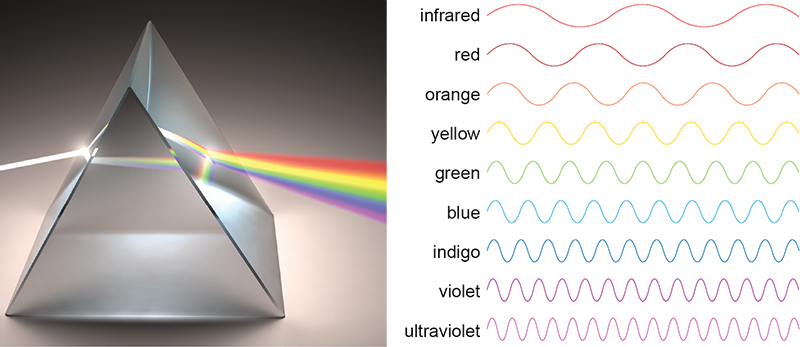
Figure 12 Visible light split into constituent wavelengths by a prism. Within this spectrum, red has the longest wavelength and violet the shortest.
Personalise your OpenLearn profile, save your favourite content and get recognition for your learning